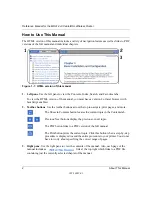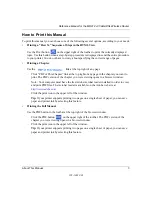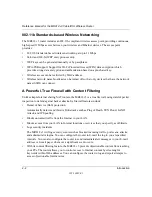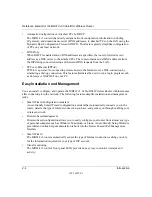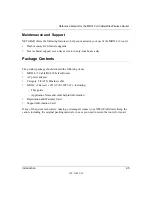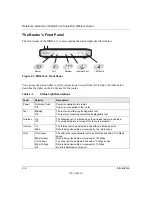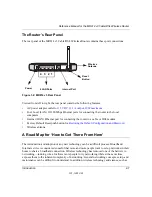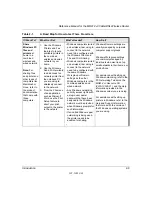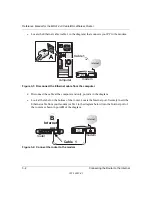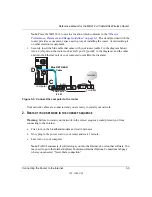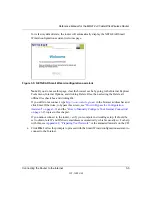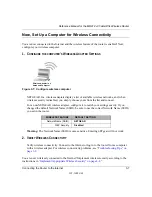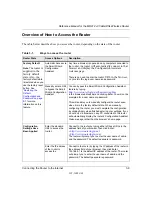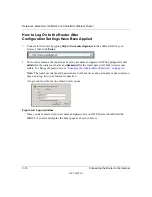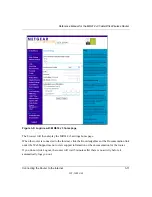
Reference Manual for the MR814 v3 Cable/DSL Wireless Router
2-8
Introduction
202-10039-01
range, interference, signal quality, and security to the picture.
To help overcome potential barriers to successfully using home networks, the table below
identifies how to accomplish such things as connecting to a wireless network, assuring appropriate
security measures are taken, browsing the Internet through your wireless connection, exchanging
files with other computers and using printers in the combined wireless and wired network.
Table 2-1.
A Road Map for How to Get There From Here
If I Want To?
What Do I Do?
What’s Needed?
How Do I?
Set up a
wireless
network
1. Choose a wireless
network name
(SSID) and, decide if
you need to use
wireless security,
and if so, what
settings to use.
2. Set up the MR814
v3 Cable/DSL
Wireless Router with
settings based on
step 1.
3. Set up the wireless
computers with the
settings from step 2.
• Wireless network
equipment such as the
MR814 v3 Cable/DSL
Wireless Router.
• A computer within the
operating range of the
wireless network. For
guidelines about the range
of wireless networks, see
“Observe Performance,
Placement, and Range
Guidelines
To set up the MR814 v3, see
Chapter 3, “Connecting the
Router to the Internet
and follow
the instructions provided.
To learn about wireless
networking technology, see
Appendix D, “Wireless
Networking Basics
for a general
introduction.
Protect my
wireless
connection
from snooping,
hacking, or
information
theft.
1. Assure that the
wireless network
has security
features enabled.
2. Configure my
MR814 v3 with the
security settings of
the wireless
network.
3. Use Windows
security features.
• A wireless network WEP
security enabled.
• Wireless networking
equipment that supports
WEP, such as the MR814
v3 and all NETGEAR
wireless networking
products.
To learn about wireless
networking security, see
“Authentication and WEP“ on
page -4
To use WEP security features,
see
” and configure
your MR814 v3 accordingly.
Note:
Secure Internet sites such as banks and online merchants use encryption security built into browsers
like Internet Explorer and Netscape. Any wireless networking security features you might implement are in
addition to those already in place on secure Internet sites.





